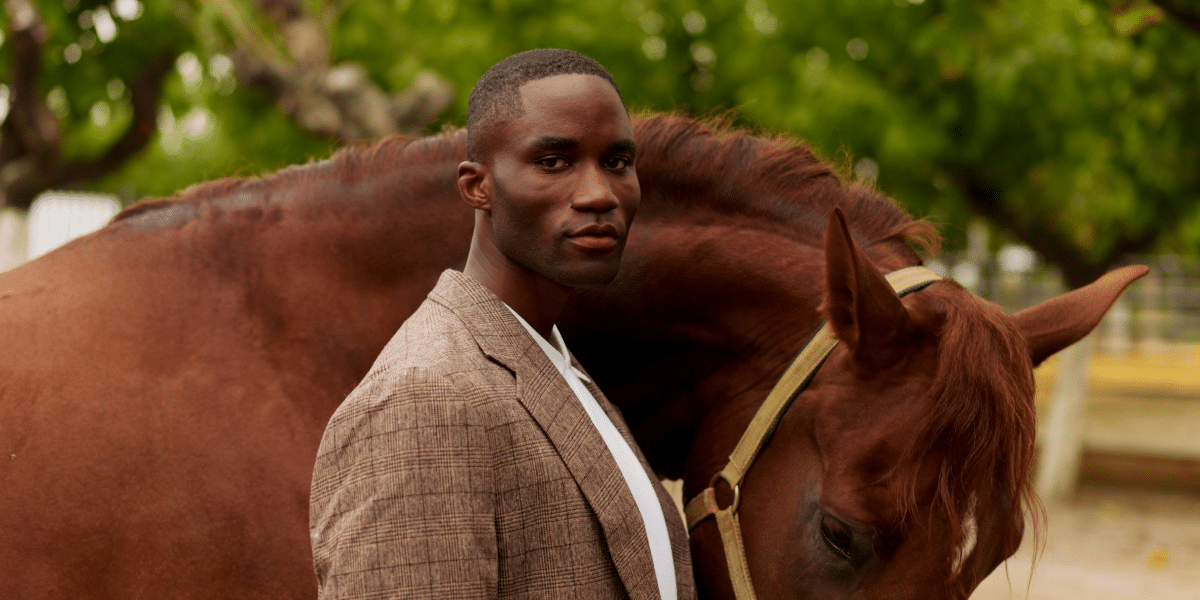Image Commercially Licensed From: DepositPhotos
The Harmony: Sound’s Crucial Role in Cinematic Excellence
In the intricate world of filmmaking, the marriage of visual and auditory elements forms the backbone of a captivating cinematic experience. This exploration delves into the pivotal role of sound design, encompassing music, dialogue, and ambient sounds, in complementing and elevating the visual aspects of a film.
The first notes of a film’s symphony are struck by its sound design. Like a maestro directing an orchestra, filmmakers meticulously craft auditory landscapes to synchronize with the visual narrative. This article sheds light on how these carefully orchestrated elements collaboratively contribute to the holistic cinematic encounter.
Harmony Unleashed: The Symbiosis of Visuals and Sound
At the forefront of this investigation is the recognition of sound as a co-creator in the storytelling process. Filmmakers recognize that impactful sound design is not just an accompaniment but an integral part of the narrative structure. Whether it’s the haunting melody underscoring a tense moment or the subtle rustle of leaves conveying a character’s solitude, sound augments the emotional resonance of visuals.
Contrarian Perspective: Visuals Alone Do Not Suffice
Contrary to the belief that visuals alone can carry the weight of storytelling, this exploration contends that sound serves as an indispensable ally. Visuals might paint the picture, but it is the fusion of auditory elements that breathes life into the canvas of cinema.
Crafting Emotion: The Artistry of Musical Scores
One of the most potent tools in a filmmaker’s arsenal is the musical score. This section investigates how composers craft melodies that evoke emotions, enhance tension, and establish the film’s mood. From the jubilant notes accompanying a triumph to the melancholic tunes accentuating despair, the music becomes a silent yet powerful narrator.
Dialogue Dynamics: Giving Voice to the Narrative
Delving into the realm of dialogue, this segment explores how spoken words intertwine with the visual narrative. The cadence, tone, and delivery of dialogue can shape character depth, build tension, or infuse humor. By examining the synergy between visual and verbal storytelling, we unravel the layers of complexity in effective communication within films.
Ambient Alchemy: Elevating Realism through Background Sounds
Beyond music and dialogue, ambient sounds form the invisible threads weaving authenticity into a film’s fabric. This section investigates how the subtle hum of a bustling city, the chirping of crickets in a serene forest, or the distant echoes of waves crashing on a beach contribute to the immersive experience. Ambient sounds ground the audience in the film’s reality, creating a sensory tapestry that transcends the screen.
Challenging Assumptions: Silence Speaks Volumes
Contrary to the belief that a film’s success hinges on a constant auditory barrage, this exploration challenges such assumptions. Silence, strategically employed, can be as impactful as a crescendo of sound. Moments of quietude can heighten suspense, emphasize poignancy, and allow for contemplative reflection.
The Cinematic Tapestry: A Symphony of Sight and Sound
In summary, the synergy between sound design and visual elements is the cornerstone of a compelling cinematic experience. From the emotional crescendos orchestrated by musical scores to the nuanced dialogues shaping character dynamics, and the subtle ambient sounds grounding the narrative in reality, each element contributes to the tapestry of storytelling.
This exploration challenges the notion that visuals alone suffice in filmmaking, asserting that sound design is an indispensable partner in crafting memorable cinematic experiences. By recognizing the collaborative power of visuals and sound, filmmakers can unlock new dimensions in storytelling, enriching the audience’s engagement with the narrative.







